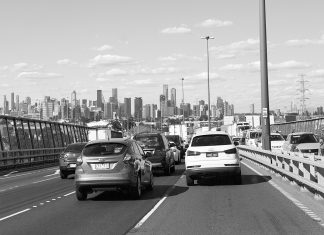Gippsland Water customers will be slugged an extra $20 over the next 12 months, making it the highest bill increase in the state despite bills falling or staying the same across the rest of Victoria.
After that, bills should flatline and only rise with inflation.
South Gippsland Water customers will have lower prices and rises will be limited to inflation. East Gippsland Water customers will save $5 for the next 12 months.
It comes as the Essential Services Commission completed its 2018 water price review, which included signing off on Gippsland Water’s five-year plan.
Gippsland Water managing director Sarah Cumming said the 2018 to 2023 outlook should deliver steady prices, after prices had not risen above the Consumer Price Index for the past five years.
“We’ve worked really hard to keep downward pressure on prices despite the backdrop of major structural change in our region,” Ms Cumming said.
“Over the last four years we have passed on more than $8 million in efficiency savings to our customers and these efficiencies have now been permanently incorporated into our ongoing prices.”
Gippsland Water’s five-year plan outlines key projects, water and wastewater prices and the introduction of enhanced guaranteed service levels.
Ms Cumming said the ESC approval meant the water corporation could begin investing $200 million in infrastructure.
This includes a $2.7 million Moe water treatment plant upgrade, $15 million to replace ageing pipes in the region’s sewer system and $10.2 million on maintaining 2000 kilometres of pipes.
“We consulted extensively with customers throughout the development of our plan and now it’s time to get on with the job of doing what they said was most important – providing safe drinking water and removing and treating wastewater, while keeping prices steady,” Ms Cumming said.
She said Gippsland Water had a range of payment options to support customers having trouble paying their bills.
Across Victoria, Westernport Water is also increasing its annual bill by $13 and North East Water is going up $4.
Commission chair Ron Ben-David said the pricing decisions would the vast majority of Victorian water customers would benefit from flat or falling water prices.
“We challenged the water businesses to work with their customers to find the best ways to deliver real service improvements while also saving customers hundreds of millions of dollars over the next five years,” he said.










